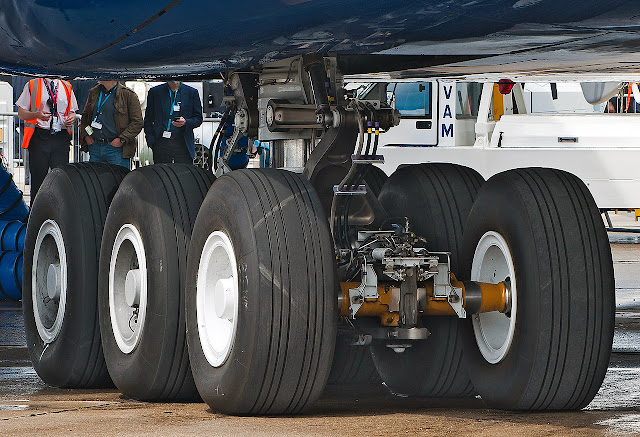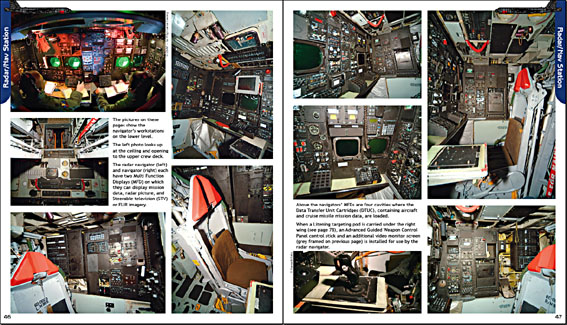

Update your settings here to see it.Ī 21st-century change in government policy opened the door to using forensics to identify soldiers' bodies. This content is not available due to your privacy preferences. Waves of B-24s followed each other, keeping radio silence to evade German radar. The message to airmen was that this single raid could shorten the war by as much as six months.Įarly on August 1, crews began taking off from Libya, flying in formation across the Mediterranean toward their targets. Radio operator Norm Kiefer remembers a briefing officer saying "the target was so important that if we lost all of the attacking force but destroyed the refineries, it would be worth it." The commander of the 44th Bomb Group warned his airmen that only half of them were likely to survive.

The airmen would be tight on fuel, flying lower and longer than usual, and dealing with maintenance issues caused by the harsh desert conditions, like sand clogging their engines.
#Bomber crew one wheel landing how to
The airmen learned how to make use of the B-24's relatively long range and heavy payloads for the 2,000-mile flight to Romania and back.ĭespite the preparation, a variety of conditions made an already treacherous mission even more dangerous. Models of their assigned targets were built with wood and canvas. Mondadori via Getty ImagesĬrews simulated bombing runs on a life-size replica of the refinery complex.

B-24 bombers over the oil refinery in Ploiești, August 1943.


 0 kommentar(er)
0 kommentar(er)
